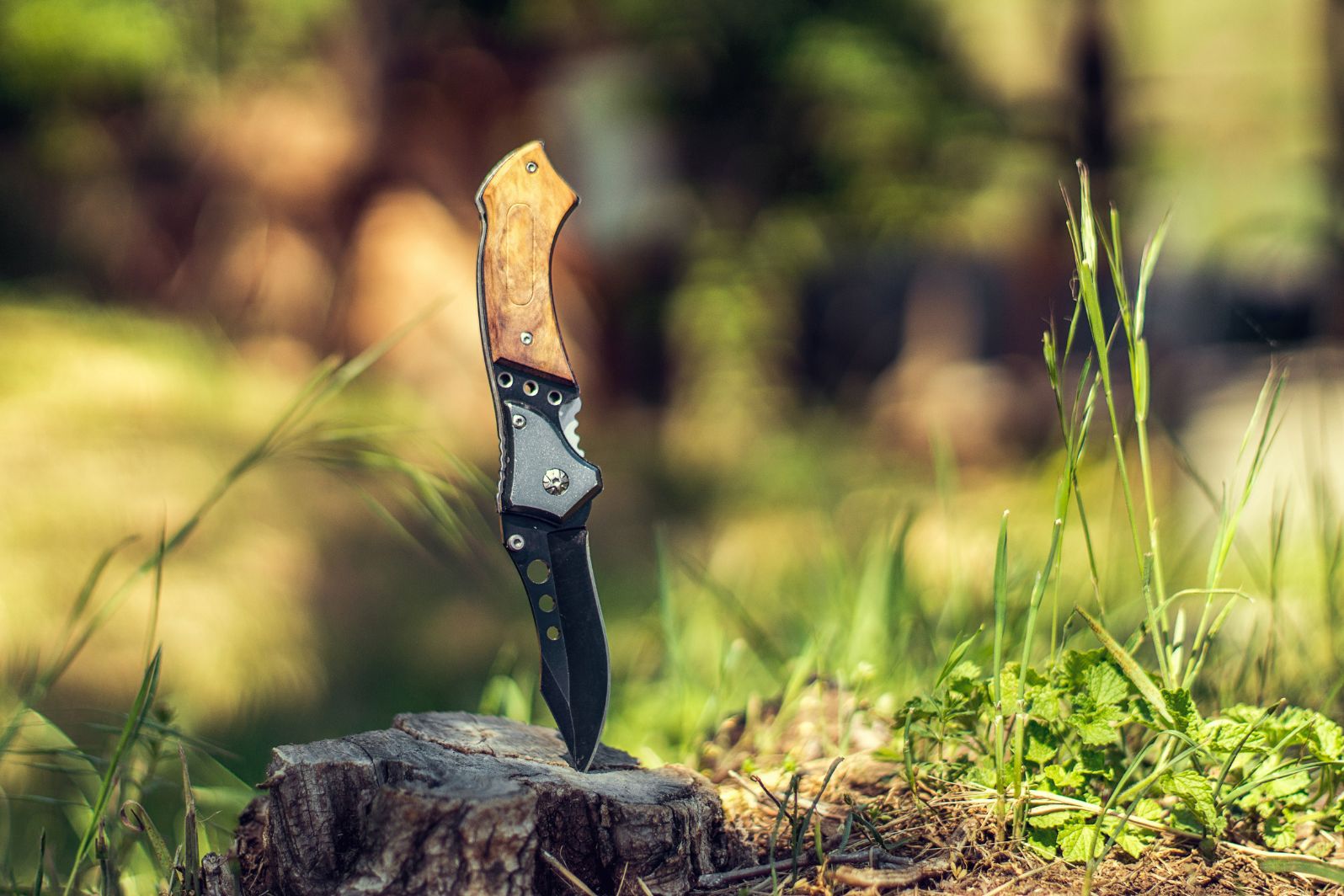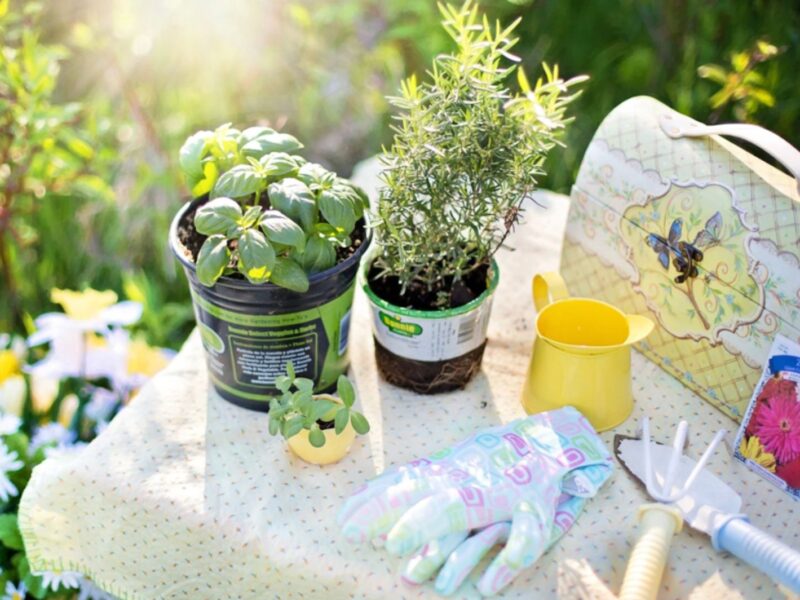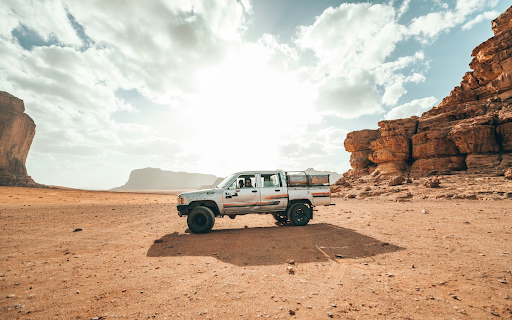As any seasoned hunter knows, a reliable skinning knife is an indispensable tool in the field. Whether you’re dressing a deer or preparing a small game, having the right knife can make the difference between a smooth, efficient process and a frustrating ordeal.
But with countless options on the market, how do you choose the best skinning knife for your needs? This guide will walk you through the most important factors to consider, helping you make an informed decision that will serve you well for years to come.
Table of Contents
Blade Material: The Foundation of a Great Skinning Knife
The blade material is key for a skinning or hunting knife, affecting durability, edge retention, and sharpening ease. Here are the common options:
Stainless Steel
Resistant to rust and corrosion, stainless steel blades are low-maintenance and ideal for humid environments. However, they may not hold an edge as well as some other materials.
High Carbon Steel
Known for its superior edge retention and ease of sharpening, high-carbon steel is a favorite among many hunters. The trade-off is that it’s more prone to rust and requires more care.
Damascus Steel
This beautiful, layered steel offers a blend of hardness and flexibility, making it excellent for skinning. However, it’s often more expensive than other options.
When choosing your blade material, consider your hunting environment and how much time you’re willing to spend on maintenance. For instance, if you often hunt in wet conditions, a stainless steel blade might be your best bet.
Blade Shape: Designed for Precision
The shape of your skinning knife’s blade can significantly impact its performance. Here are some common blade shapes:
Drop Point
This versatile shape features a convex curve that drops from the spine to the tip. It’s excellent for general-purpose use and provides good control for skinning.
Clip Point
With a concave curve near the tip, clip-point blades offer precise control for detailed work. They’re great for small game but may be less ideal for larger animals.
Trailing Point
These blades have an upswept tip, providing a large belly for slicing. They’re excellent for skinning but may be less versatile for other tasks.
Consider the type of game you hunt most often when choosing your blade shape. A drop point might be ideal if you hunt a variety of game, while a trailing point could be perfect if you primarily skin large animals.
Blade Length: Finding the Right Balance
The length of your skinning knife’s blade can affect its maneuverability and effectiveness. Most skinning knives have blades between 3 and 5 inches long. Here’s a general guide:
3-4 inches
Ideal for small game and detail work, perfect for precision tasks like skinning or field dressing smaller animals. Provides excellent control for navigating tricky areas effectively. However, may be less efficient for larger animals, as a longer blade could offer better leverage.
4-5 inches
A versatile 4-5-inch blade is ideal for hunting, offering control and efficiency. It handles everything from small game to medium-sized animals, ensuring easy maneuverability with strong cutting power.
5+ inches
Blades over 5 inches work well for big games due to their length and strength. However, they can be too bulky for precise tasks like detailed skinning, where a smaller blade offers better accuracy.
Remember, longer isn’t always better. A 4-inch blade is often sufficient for most hunting needs and provides better control than longer blades.
Handle Material and Design: Comfort Meets Function
A comfortable, secure grip is crucial when skinning the game. The handle material and design play a significant role in this. Common handle materials include:
- Wood
- Synthetic materials (e.g., G10, Micarta)
- Rubber
Look for a handle with an ergonomic design that fits comfortably in your hand. Some hunters prefer textured handles for added grip, while others like smooth handles for easy cleaning. Consider trying out different handles or having customized knives made by haymaker customs for instance and see what feels best to you.
Fixed Blade vs. Folding: Strength vs. Convenience
Skinning knives come in both fixed-blade and folding designs. Each has its pros and cons:
Fixed Blade:
- Stronger and more durable
- Easier to clean
- Better for heavy-duty tasks
Folding:
- More compact and portable
- Often lighter
- Less sturdy for tough jobs
If you prioritize strength and don’t mind the extra bulk, a fixed-blade knife might be your best choice. However, if portability is a key concern, a high-quality folding knife can still perform well for most skinning tasks.
Tang: The Hidden Strength
The tang is the part of the blade that extends into the handle. It significantly affects the knife’s strength and durability. There are several types of tang:
Full Tang
In a full tang design, the blade extends through the handle, creating a solid piece for maximum strength and durability. Chefs and outdoor enthusiasts favor full tang knives for their reliability and balance.
Partial Tang
A partial tang means the blade extends partially into the handle, making the knife lighter and easier to handle but typically offering less strength than a full tang. Partial tang knives, affordable and effective for daily tasks, are popular among casual cooks and hobbyists.
Rat-tail Tang
The rat-tail tang, with its slender design extending through the handle, creates a slim knife. Although lighter and slimmer, it sacrifices strength compared to other options. Preferred for simpler tasks by those prioritizing ease of use over heavy-duty performance.
For skinning, which can involve some force, a full tang knife is often the best choice. It provides the strength and durability needed for tough jobs.
Price: Balancing Quality and Budget
Skinning knives can range from budget-friendly options under $50 to high-end knives costing several hundred dollars. While it’s tempting to go for the cheapest option, remember that a quality skinning knife is an investment that can last for years with proper care.
Consider how often you hunt and how much you’re willing to spend on maintenance. A $100-$200 knife from a reputable brand often provides an excellent balance of quality and value for most hunters.
Choose the Best Skinning Knife for You Today
Choosing the best skinning knife is key to a successful hunting experience. By considering factors like blade material, shape, length, handle design, and price, you can find a knife that meets your needs. Remember to think about how often you hunt and where you’ll use the knife.
A solid investment in a quality knife not only makes the skinning process smoother but also ensures you’ll have a reliable tool for years to come. Happy hunting and enjoy your adventures in the field!
If you found this article helpful, we encourage you to explore our blog for more engaging content!


